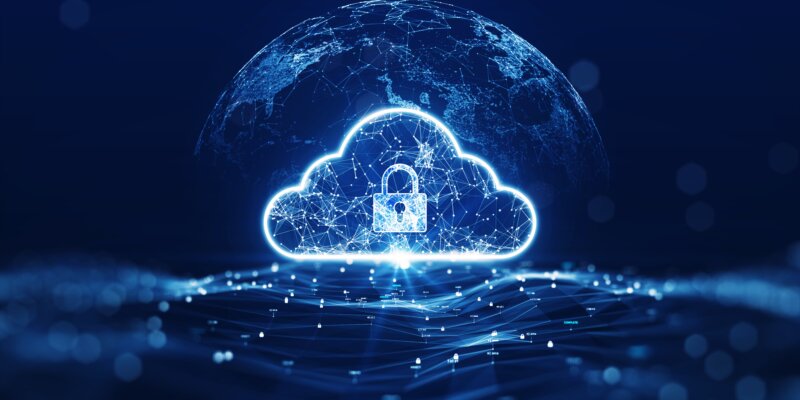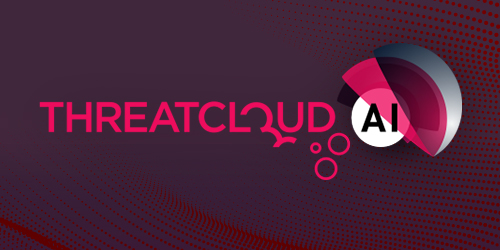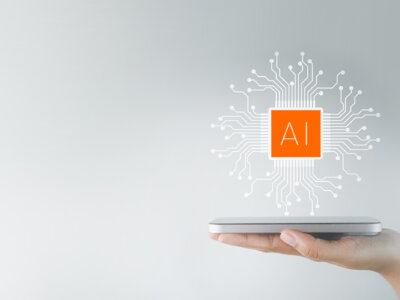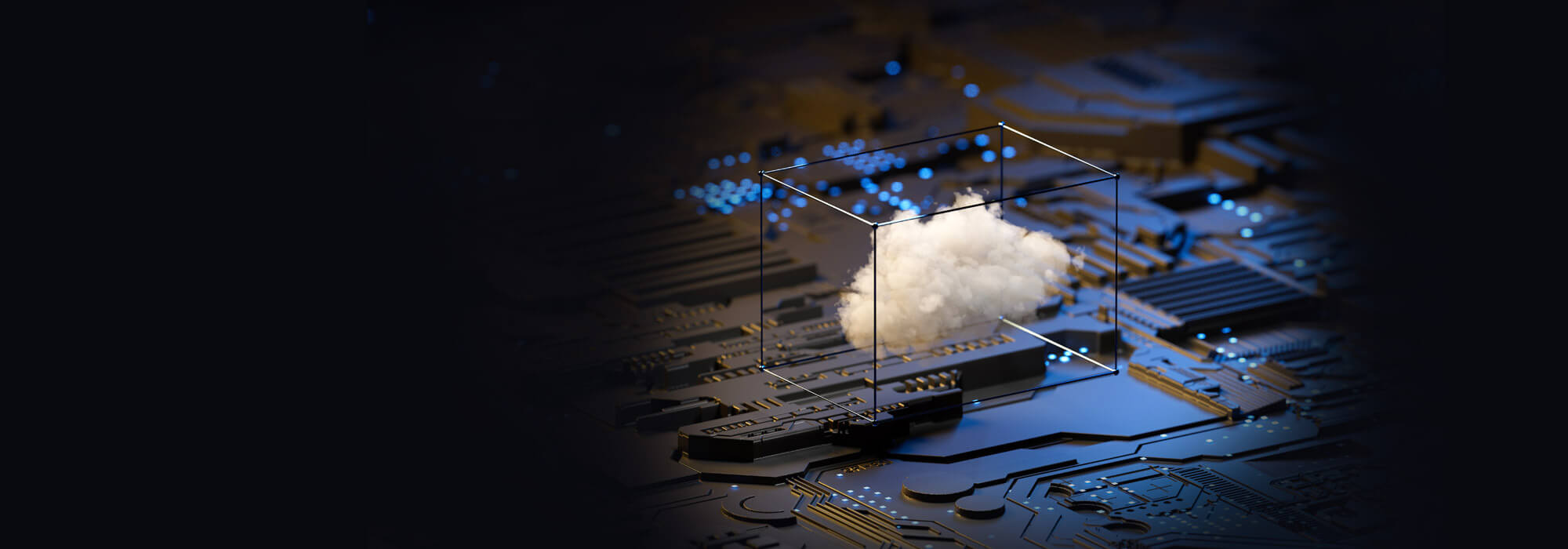
Shifting Paradigms: Cloud Security in the Post-Pandemic Era
‘The new normal.’ It began as a buzzword after COVID-19 hit the world in 2020. The new normal referred to a culture that adapted to the pandemic and changed our day-to-day lives. One significant outcome of the lockdown was digital transformation through hasty cloud adoption.
Although cloud computing was already making steady inroads into the mainstream business world, the pandemic hit the accelerator hard, making a cloud-first strategy necessary. A recent survey noted that cloud computing will grow to $832.1 billion in market size by 2025 from a mere $371.4 bn in 2020. Cloud technology has benefited companies in multiple ways, including improved performance, better productivity, lower operational costs, and increased agility.
However, the downside to cloud adoption is its vulnerability against security threats. During the pandemic, more than 80% of global organizations reported that cyber threats have increased, along with 79% who experienced operational disruption due to a cyberattack. The vulnerability of cloud applications is primarily due to frail security considerations and the unprecedented migration speed to cloud environments.
Remote work & unmanaged devices
Companies opened up to remote working to ensure business continuity during the lock-down. Given the promptness needed to shift to this new work model, employees started using unmanaged devices to access corporate environments away from security defenses. However, this created blindspots for security teams to sanitize and secure; employees using their devices on unsecured internet networks expanded the attack surface and compromised the corporate security posture. This led to the prevalence of cyberattacks, costing companies sensitive data, money, and reputation.
Cost-cutting to ‘boost’ productivity
Businesses had to optimize their cloud cost to modernize IT infrastructure. According to the Flexera 2022 State of the Cloud Report, companies overshoot their budget by 13% on average. However, slashing budget often leads to poor planning and security gaps, with organizations trading security for productivity – especially considering 80% do not have a dedicated cloud security team.
We need to learn from historic security incidents like data breaches at Equifax. Hackers used stolen credentials to access Equifax’s system and secure the social security numbers of 145 million US citizens. A simple security best practice could’ve saved the company millions of dollars in fines, damning litigations, and public battering that’s hard to recover from.
Future of cybersecurity in the post-pandemic era
Zero Trust Approach
Given the security ambiguity of unmanaged devices in the remote work setup, the zero trust approach is an ideal strategy to improve your security stance. Zero trust typically means considering every attempt to access the corporate network a threat, therefore enforcing security-centric operations within the network. For example, you can establish rules to authenticate devices and users across the network. Even if hackers gain access to credentials, multiple checkpoints will alert the security team. You can also draw up a plan to implement least privilege access to restrict users from accessing applications they don’t need.
Secure Access Service Edge (SASE)
To secure multi-cloud environments efficiently, you must adopt the Secure Access Service Edge (SASE) model. Gartner predicts that over 40% of organizations will have a SASE strategy by 2040, up from less than 1% in 2018. It is an advanced network architecture that combines VPN, SD-WAN, and Zero Trust Network Access.
4 Cloud Computing Trends to Watch
1. Data breaches: The shift to the cloud was considered a more efficient and secure way of managing infrastructure and information. However, the last few years have proved the opposite. With the inevitable cloud-first future, companies will concentrate their efforts and investments on securing their stakes in the cloud.
2. Stricter regulations: What began as litigations into cyberattacks could morph into more stringent policies and regulations to shield ordinary people from the threats. We already have quite a few mandates in place to secure confidential data. Governments are also expected to make it illegal for companies to capture a few specific user details to improve user privacy and reduce exposure.
3. Smart contracts: Companies could consider using blockchain-based contracts to define SLAs and business arrangements to automate actions in case of exceptions. Integrating the cloud with blockchain technology can open up several new avenues concerning security and overall operations.
4. Quantum computing: Companies like Microsoft, Google, IBM, and Intel are working on building a quantum computing reality in collaboration with governments. These systems will push cybersecurity into a new realm with quantum-resistant cryptography. Before it becomes a reality, we can expect quantum-safe algorithms to protect our data from quantum computing attacks.
The paradigm shift concerning cybersecurity is the need of the hour, and it has been that way for some time now. Companies need to reset their security networks, bringing remote and mobile devices within the purview of their defenses. Instead of being firefighters, every company should be able to predict the possibilities and threats to maneuver their security strategy to align with the current scenarios.
Secure Your Cloud with CloudGuard
From code to cloud, Check Point CloudGuard’s CNAPP unifies cloud security, merging deeper security insights to prioritize risks and prevent critical attacks – providing more context, actionable security and smarter prevention. CloudGuard enhances visibility by enriching context, provides actionable remediation insights and speeds up threat mitigation across diverse cloud teams.
If you would like to see CloudGuard in action, please schedule a demo, and a cloud security expert will help to understand your needs.
If you have any other questions, please contact your local Check Point account representative or channel partner using the contact us link.









